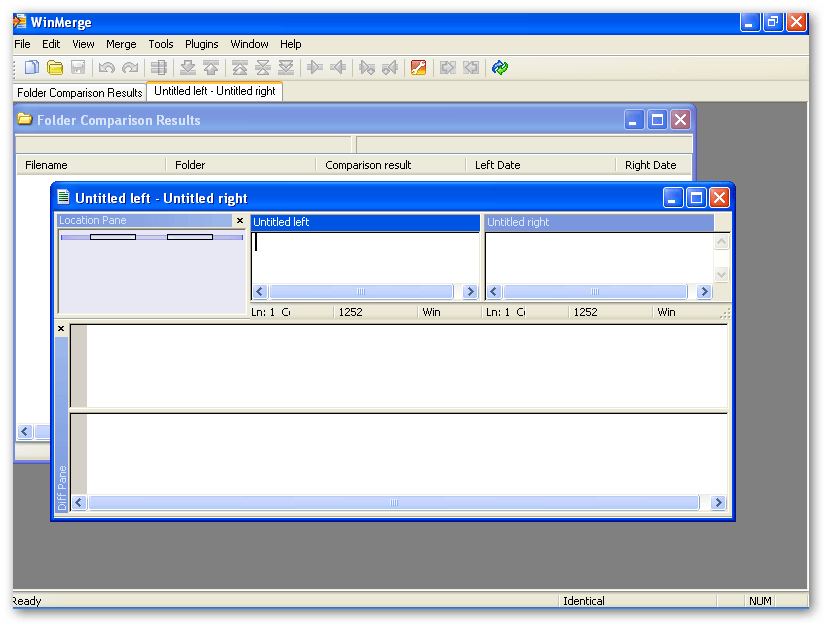


The root folder is selected based on the workspace location, however you can select a different location by clicking on the folder icon at the top of the SVN view tab The svn view will display the output of the command svn status -xml in a list view.

If you can't see it, then remove it from the Hidden tabs: Click on the little arrow button (on the top right) and select Hidden tabs The -o parameter allows you to specify a different output directory.The Svn tab is located in the Output View (usually placed at the bottom). Which will create the patch in the current directory. You can create patches for the last n revisions like this: There's also a tool, format-patch, for formatting a patch to send as an e-mail. Or if you want to create a patch between 2 specific commits you can use git diff

The easiest way to create a patch for the last commit is There are several ways for creating a patch, the recommended one is using git format-patch (as mentioned in MDL-43119) In the dialogue box, make sure you select Style: Unified in the Format box.Ĭreating a patch if you're using Git for version control is similar to CVS, and similarly you don't need an unchanged copy of moodle to diff against. This will give you a nice view of what you have changed. You need a copy of 'standard_moodle' and 'my_moodle'. In this sense it is like the original command-line 'diff' program. WinMerge is a nice windows GUI for comparing folders. Eclipse makes creating patches really easy, once you have got it set up correctly. Then to create the patch, type:ĭiff -Naur standard_moodle my_moodle > patch.txt Suppose these two copies are in folders called 'standard_moodle' and 'my_moodle' which are subdirectories of the current folder. It requires that you have two copies of the code, one with your changes, and one without. Diff is the a linux command line program, and is where patch files originated.


 0 kommentar(er)
0 kommentar(er)
